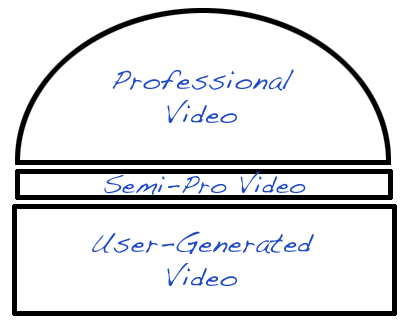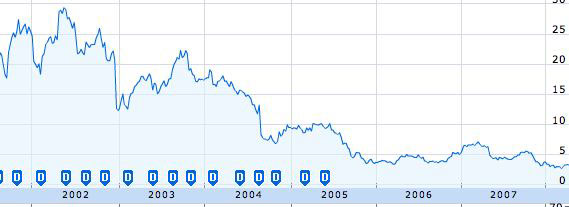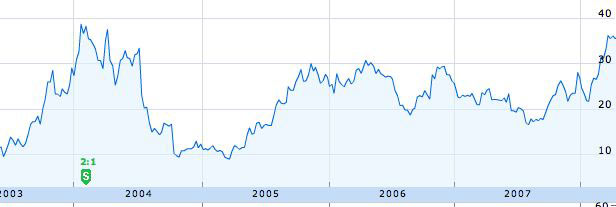 My primary reason for not owning an iPhone has to do with the fact that I really enjoy my Nokia N95 which I’ve used for about 18 months now. The N95 doesn’t have the sexy touch-screen interface that the iPhone has, but in many ways, and I’d argue in the ways that matter most, the N95 is still a better phone than the current iPhone 3G.
My primary reason for not owning an iPhone has to do with the fact that I really enjoy my Nokia N95 which I’ve used for about 18 months now. The N95 doesn’t have the sexy touch-screen interface that the iPhone has, but in many ways, and I’d argue in the ways that matter most, the N95 is still a better phone than the current iPhone 3G.
When I took the plunge a year and a half ago and bought an unlocked N95 from Finland, I did it with the hopes that it would replace my video camera, my still camera and my phone, and put it all in a light-weight, pocket-sized package. I have two young kids that are growing up too fast, and the ability to capture DVD-quality video and 5-megapixel photos on-the-go was paramount in my decision to buy the N95. The N95 did not disappoint. It’s an excellent all-in-one multimedia device. But it’s no iPhone.
The one achilles heel of the current iPhone are its poor optics. The 3G camera is the same 2-megapixel version that shipped with the original iPhone, and it still does not record video. I’m sure some 3rd-party developer will release an App to get it to record video at some point, but at 2-megapixel quality, it won’t be that usable.
So that leads me to the ‘iPhone Pro’. When is it coming, Steve? Oh, you know its coming. Let’s not forget that Apple is steeped in movie making software. This is a company that pioneered the .MOV QuickTime video codec. This is a company that produces Hollywood studio-quality editing software in Final Cut Pro, and has further leveraged their editing prowess to create iMovie for Joe Consumer. Don’t you think we’re going to see iMovie Mobile on the iPhone?
Sooner or later, Steve Jobs is going to walk on stage at the Moscone Center and he’s going to unveil the iPhone of all iPhones. An iPhone that isn’t just going to continue to revolutionize the cellular handset industry, but an iPhone that makes every digital still and video camera manufacturer quiver with fear. Everything from 8+ megapixels, 30-frame-per-second video, zoom, autofocus, image stabilizer etc., and combine all of this with the ability to edit and compose your photos and videos with Apps like Aperture Mobile and iMovie Mobile. Steve Jobs may even bring Steven Spielberg on stage to help demo it and suggest that we are eventually going to witness full-length feature films edited and shot entirely on an iPhone. Heck, we can’t even be that far off from an iPhone HD.
So when is the iPhone Pro coming? I have no idea, but when it does, you can be sure I’ll be buying my first iPhone.




